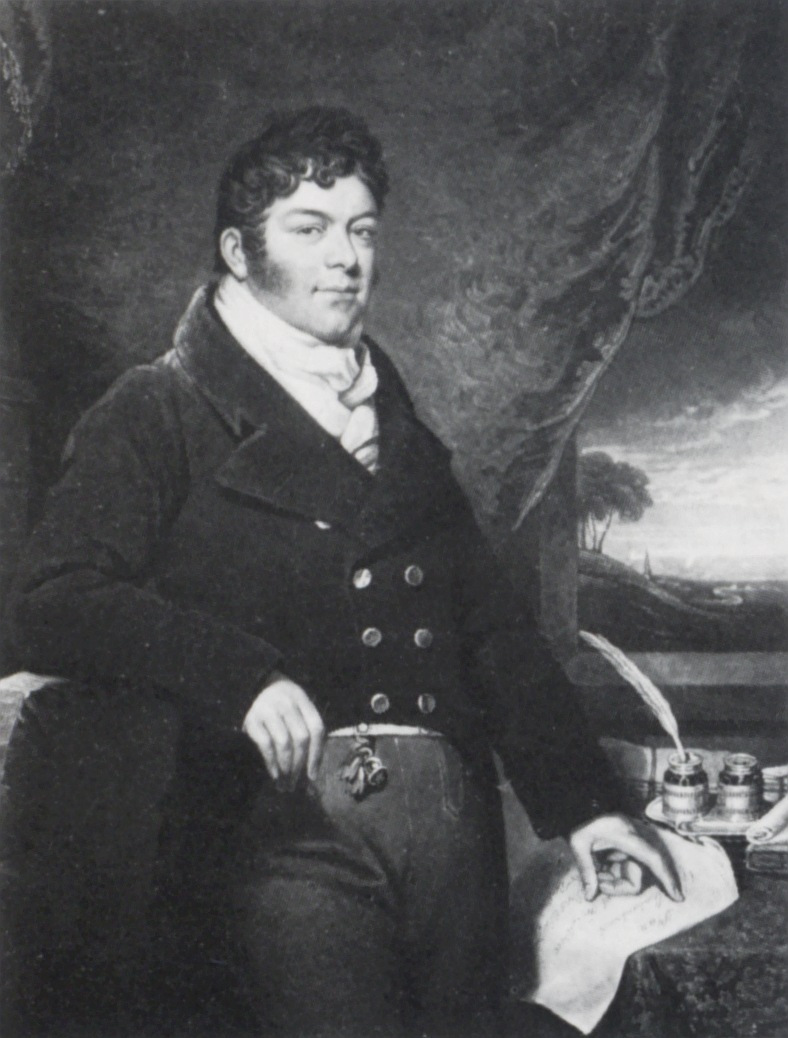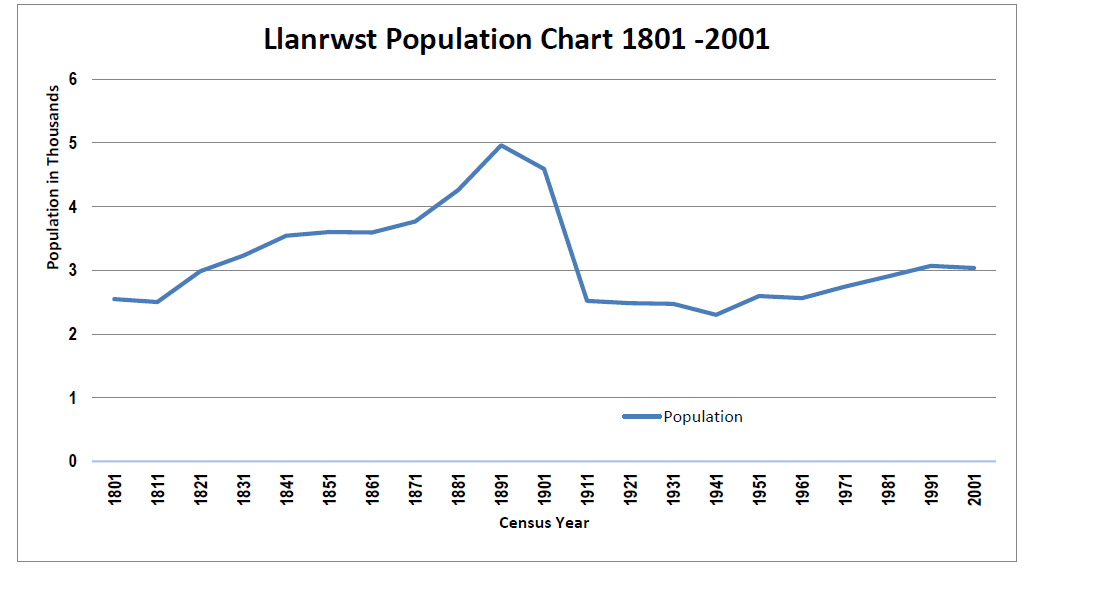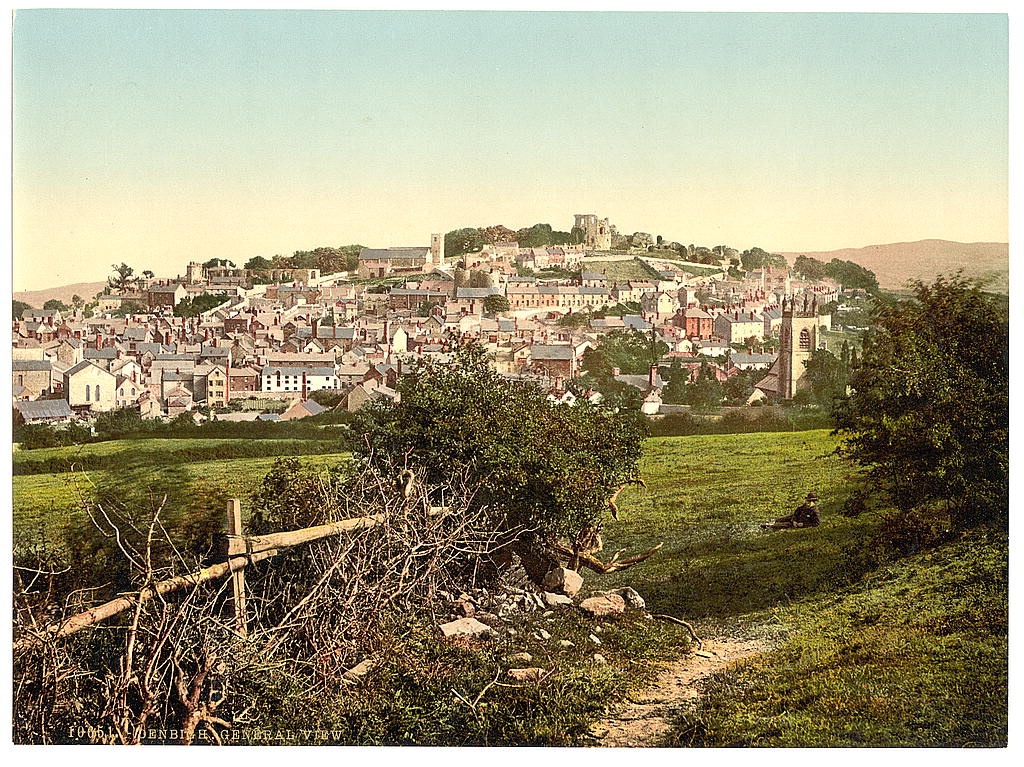|
2022–23 Ardal NW
The 2022–23 Ardal NW season (also known as the 2022–23 Lock Stock Ardal NW season for sponsorship reasons) is the second season of the new third-tier northern region football in Welsh football pyramid, part of the Ardal Leagues. Teams The league was made up of 16 teams competing for one automatic promotion place to Cymru North, whilst the second-placed team qualified for a play-off with the second-placed team of Ardal NE. Three teams are relegated to Tier 4. On 21 September 2022, Rhydymwyn FC notified the Football Association of Wales of their withdrawal from the Ardal Leagues. Announcing on Social Media, Rhydymwyn FC said: “Sad day today to announce Rhydymwyn FC & Rhydymwyn Development have resigned from @ArdalNorthwest and the Wales FA Reserve League. Our Juniors & mini teams will continue. Further statement from the club will be announced in due course.” Bodedern Athletic withdrew from the Ardal Leagues on 7 December 2022. In a statement, Bodedern Athletic ... [...More Info...] [...Related Items...] OR: [Wikipedia] [Google] [Baidu] |
Ardal NW
The Ardal Leagues are a association football, football league in Wales. The word "ardal" translates as "district" in English, with Wales split into four regions at this level. They have clubs with amateur/semi-professional status and sit at the third level of the Welsh football league system. The first year of their operation would have been 2020–21 but the 2020–21 Ardal NE, 2020–21 Ardal North East season, 2020–21 Ardal NW, 2020–21 Ardal North West season, 2020–21 Ardal SE, 2020–21 Ardal South East season and 2020–21 Ardal SW, 2020–21 Ardal South West season were all cancelled. The inaugural season was moved to 2021–22. The creation of the leagues mark the first time the Football Association of Wales owns and is administering tier 3 of the Welsh league system. These changes follow from a review of the Welsh football pyramid. To be eligible clubs need to meet the criteria for FAW tier 3 certification. The league is split into two leagues, covering North and Sou ... [...More Info...] [...Related Items...] OR: [Wikipedia] [Google] [Baidu] |
Porthmadog F
Porthmadog (; ), originally Portmadoc until 1974 and locally as "Port", is a Welsh coastal town and community in the Eifionydd area of Gwynedd and the historic county of Caernarfonshire. It lies east of Criccieth, south-west of Blaenau Ffestiniog, north of Dolgellau and south of Caernarfon. The community population of 4,185 in the 2011 census was put at 4,134 in 2019. It grew in the 19th century as a port for local slate, but as the trade declined, it continued as a shopping and tourism centre, being close to Snowdonia National Park and the Ffestiniog Railway. The 1987 National Eisteddfod was held there. It includes nearby Borth-y-Gest, Morfa Bychan and Tremadog. History Porthmadog came about after William Madocks built a sea wall, the ''Cob'', in 1808–1811 to reclaim much of Traeth Mawr from the sea for farming use. Diversion of the Afon Glaslyn caused it to scour out a new natural harbour deep enough for small ocean-going sailing ships,John Dobson and Roy Woods, ' ... [...More Info...] [...Related Items...] OR: [Wikipedia] [Google] [Baidu] |
Rhydymwyn F
Rhydymwyn (the name in Welsh means 'Ford of the Ore' and takes its placename from the ford across the River Alyn now replaced by a small iron bridge) is a village in Flintshire, Wales, located in the upper Alyn valley. Once a district of Mold, it was recognised as a separate parish from 1865. It is now part of the community of Cilcain. Geography The geology of the area consists of a layer of extremely pure, and hence structurally sound, thick layer of limestone at depths ranging from surface to . The limestone holds other minerals, including nickel and copper deposits, making it an ideal site for mining. History Due to the industrialisation of nearby Northwest England, and its needs for mineral supplies, the mineral deposits in the Alyn valley created a population explosion in various villages, including Rhydymwyn. From the mid-18th century, Rhydymwyn was the site for a range of industries, which included foundries, waterwheels as well as mine workings. The new parish of Rhydy ... [...More Info...] [...Related Items...] OR: [Wikipedia] [Google] [Baidu] |
Rhostyllen FC
Rhostyllen Football Club is a Welsh football club from Rhostyllen in Wrexham County Borough. The club was founded in 2015 and they currently play in the North East Wales Football League Premier Division, which is at tier four of the Welsh football pyramid. History The first football club in Rhostyllen dates back to 1879 and existed until 1881. The Club then reformed as Rhostyllen Victoria in 1881 and contested the Welsh Cup. On 15 April 1889 during a match between Wales and Scotland at The Racecourse, Wrexham, Alf Pugh, a Rhostyllen Victoria player, became the first ever player to be substituted in international football. The current incarnation were formed in 2015, and began playing in the 2015–16 season in the North East Wales League, a competition which it won. The following season, the team achieved second consecutive promotion when it finished second in the Welsh National League Division One. Seasons Honours League *Welsh National League Division One Welsh may ... [...More Info...] [...Related Items...] OR: [Wikipedia] [Google] [Baidu] |
Nantlle Vale F
Nantlle () is a small village in the slate quarrying Nantlle Valley in Gwynedd, Wales. It lies on the north shore of Llyn Nantlle Uchaf Llyn Nantlle Uchaf (Upper Nantlle Lake) is a lake in the Nantlle Valley, Gwynedd, Wales. The lake forms the foreground in Richard Wilson's painting "Snowdon from Llyn Nantlle". Llyn Nantlle Isaf (Lower Nantlle Lake) no longer exists as it was d ... and is part of the community of Llanllyfni. The population was 228 in 2011 with 42% born in England. References External links Villages in Gwynedd Llanllyfni Dyffryn Nantlle {{Gwynedd-geo-stub ... [...More Info...] [...Related Items...] OR: [Wikipedia] [Google] [Baidu] |
Llay Welfare F
Llay ( cy, Llai; meaning meadow; ) is a village and community in Wrexham County Borough, Wales. It borders several other villages including Gwersyllt and Gresford. At the 2001 Census, the total population of the community of Llay, including Llay village, was 4,905, reducing to 4,814 at the 2011 Census. Prior to the 1960s, Llay was a coal mining village. Llay Main Colliery, at one time the largest colliery in Wales and after 1952 the deepest pit in the UK, was a major employer for the area before its coal reserves were exhausted in 1966.Llay Main Colliery BBC North East Wales History Llay first appears in mediaeval records as a - a small settlement wi ...[...More Info...] [...Related Items...] OR: [Wikipedia] [Google] [Baidu] |
Llanrwst United F
Llanrwst ('church or parish of Saint Grwst'; ) is a market town and community on the A470 road and the River Conwy, in Conwy County Borough, Wales, and the historic county of Denbighshire. It developed round the wool trade and became known also for the making of harps and clocks. Today, less than a mile from the edge of Snowdonia, its main pursuit is tourism. Notable buildings include almshouses, two 17th-century chapels, and the Parish Church of St Grwst, which holds a stone coffin of Llywelyn the Great. The 2011 census gave it a population of 3,323. History The site of the original church dedicated to St Grwst was Cae Llan in Llanrwst (land now occupied by the Seion Methodist Chapel). The current church of St Grwst is on land which was donated in about 1170 by Rhun ap Nefydd Hardd, a member of the royal family of the Kingdom of Gwynedd, specifically to build a new church so dedicated. Llanrwst developed around the wool trade, and for a long time the price of wo ... [...More Info...] [...Related Items...] OR: [Wikipedia] [Google] [Baidu] |
Llandudno Albion F
Llandudno (, ) is a seaside resort, town and community in Conwy County Borough, Wales, located on the Creuddyn peninsula, which protrudes into the Irish Sea. In the 2011 UK census, the community – which includes Gogarth, Penrhyn Bay, Craigside, Glanwydden, Penrhynside, and Bryn Pydew – had a population of 20,701. The town's name means "Church of Saint Tudno". Llandudno is the largest seaside resort in Wales, and as early as 1861 was being called 'the Queen of the Welsh Watering Places' (a phrase later also used in connection with Tenby and Aberystwyth; the word 'resort' came a little later). Historically a part of Caernarfonshire, Llandudno was formerly in the district of Aberconwy within Gwynedd. History The town of Llandudno developed from Stone Age, Bronze Age and Iron Age settlements over many hundreds of years on the slopes of the limestone headland, known to seafarers as the Great Orme and to landsmen as the Creuddyn Peninsula. The origins in recorded h ... [...More Info...] [...Related Items...] OR: [Wikipedia] [Google] [Baidu] |
Flint Mountain F
Flint, occasionally flintstone, is a sedimentary cryptocrystalline form of the mineral quartz, categorized as the variety of chert that occurs in chalk or marly limestone. Flint was widely used historically to make stone tools and start fires. It occurs chiefly as nodules and masses in sedimentary rocks, such as chalks and limestones.''The Flints from Portsdown Hill'' Inside the nodule, flint is usually dark grey, black, green, white or brown in colour, and often has a glassy or waxy appearance. A thin layer on the outside of the nodules is usually different in colour, typically white and rough in texture. The nodules can often be found along s and [...More Info...] [...Related Items...] OR: [Wikipedia] [Google] [Baidu] |
Denbigh Town F
Denbigh (; cy, Dinbych; ) is a market town and a community in Denbighshire, Wales. Formerly, the county town, the Welsh name translates to "Little Fortress"; a reference to its historic castle. Denbigh lies near the Clwydian Hills. History Denbigh Castle, together with its town walls, was built in 1282 by order of King Edward I. The Burgess Gate, whose twin towers adorn the symbol on Denbigh's civic seal, was once the main entrance into the town. The first borough charter was granted to Denbigh in 1290, when the town was still contained within the old town walls. It was the centre of the Marcher Lordship of Denbigh. The town was involved in the revolt of Madog ap Llywelyn in 1294–1295; the castle was captured in the autumn, and on 11 November 1294 a relieving force was defeated by the Welsh rebels. The town was recaptured by Edward I in December. Denbigh was also burnt in 1400 during the revolt of Owain Glyndŵr. During the Wars of the Roses (1455-1487), the t ... [...More Info...] [...Related Items...] OR: [Wikipedia] [Google] [Baidu] |
Brickfield Rangers F
A brickfield is a field or other open site where bricks are made. Land may be leased by an owner to a brickmaster, by whom the manufacture of bricks may be conducted. Historically, the topsoil was typically removed and the clay beneath was stripped and mixed with chalk and ash to make bricks. In pre-19th-century England, most areas the brickfield owner hired a brickmaster at a price per thousand bricks to superintend the site and take full responsibility for the output of the operations. He in turn contracted with moulders to temper, mould and hack the bricks. Each moulder then hired his own 'gang' of subsidiary labourers and acted as their employer. Subsequently, the field (if not too damaged ecologically) could be used for horticulture. In Kent such fields were often planted with fruit trees. Brickfields were mainly created from 1770 to 1881, when a new shaly clay was discovered at Fletton. This period coincided with the housing and railway boom in London and cheap river ... [...More Info...] [...Related Items...] OR: [Wikipedia] [Google] [Baidu] |
Llanuwchllyn F
Llanuwchllyn () is a village and community in Gwynedd, Wales, near the southern end of Bala Lake (Llyn Tegid). It is one of the most sparsely populated communities in Wales. The electoral ward includes the small settlement of Llangywer. The parish church of St Deiniol is a Grade II* listed building. Llanuwchllyn railway station is the headquarters of the narrow gauge Bala Lake Railway, centred on the former Great Western Railway station on the standard-gauge line from Ruabon to Barmouth. The village was the birthplace of Welsh language author and educationalist Owen Morgan Edwards. Caer Gai, a Roman fort near Llanuwchllyn, was traditionally known as the home of Cei, the character in the Arthurian legend known in English as Sir Kay. Poets of the 15th century recorded a story, ultimately deriving from the Prose ''Merlin'' included in the Lancelot-Grail and the Post-Vulgate Cycle, that King Arthur and Cei were brought up at Caer Gai as foster brothers.Bromwich, p. 311. ... [...More Info...] [...Related Items...] OR: [Wikipedia] [Google] [Baidu] |






